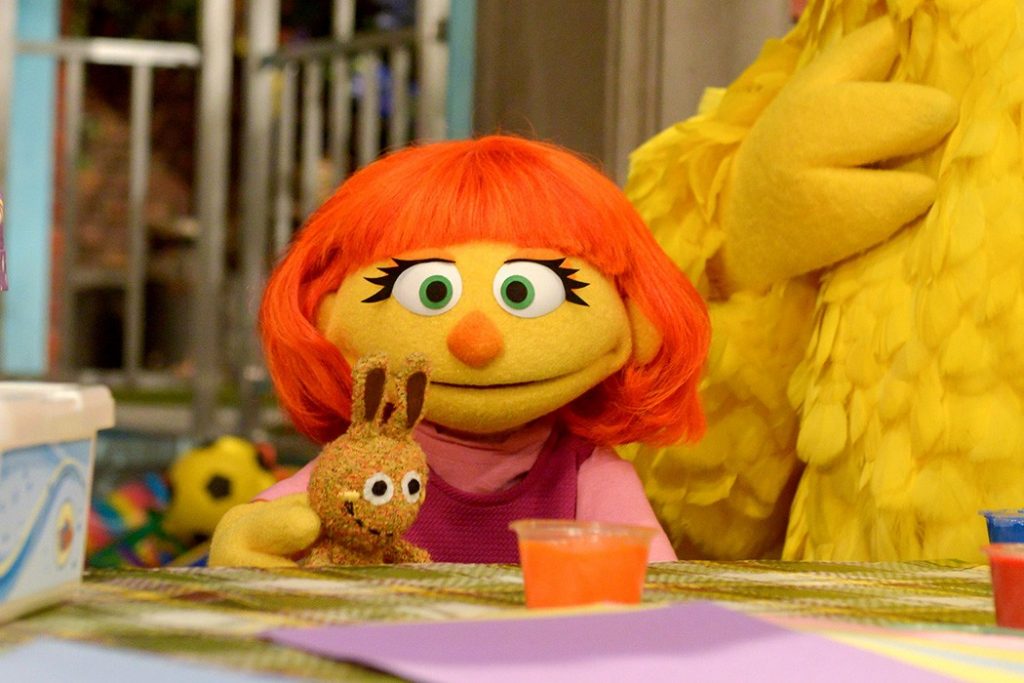With all the hype of the upcoming Oscars, many fans have been discussing the role of people with disabilities in the media. Some recent shows and movies, such as The Good Doctor and Wonder, have made an effort to make a person with a disability as the main character. Other shows have been written by people on the autism spectrum and/or have been consultants to movie directors. Given how broad the disability spectrum is, it is important to remember that “no one size fits all” and no one TV show will show all the unique characteristics within someone diagnosed with a specific disability. As I started to research people with disabilities in the media, I found a bunch of articles that name specific people, shows, and movies. I have included them below for your reference.
Movies:
- Wonder
- Temple Grandin
- The Mighty
- A more detailed list by category here: https://iris.peabody.vanderbilt.edu/films/
TV Shows:
- The Good Doctor
- Born This Way
- Atypical
Actors/Filmmakers:
Some fun side articles:

